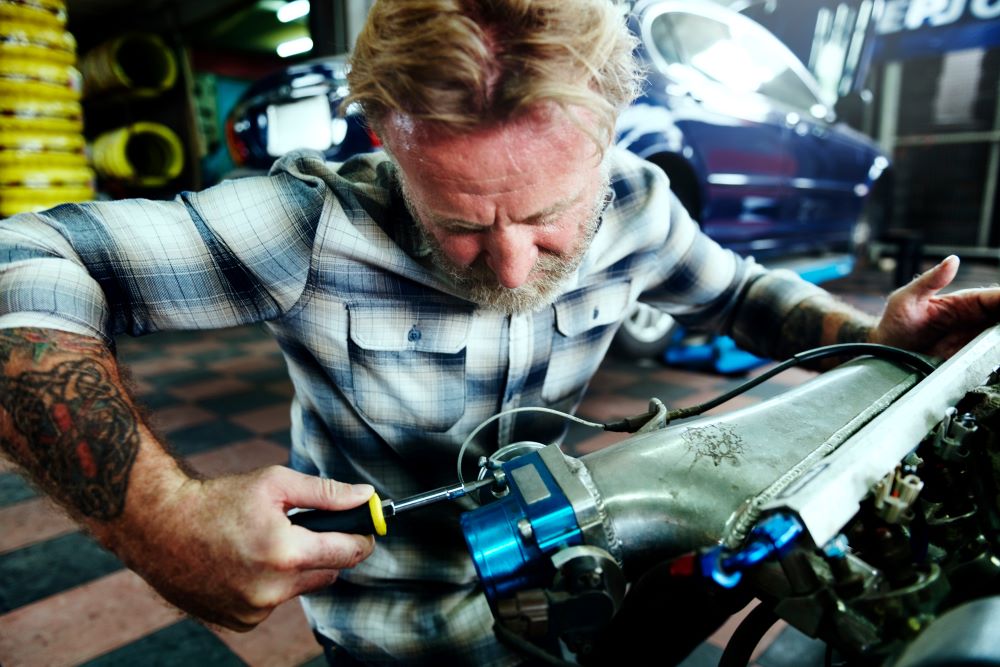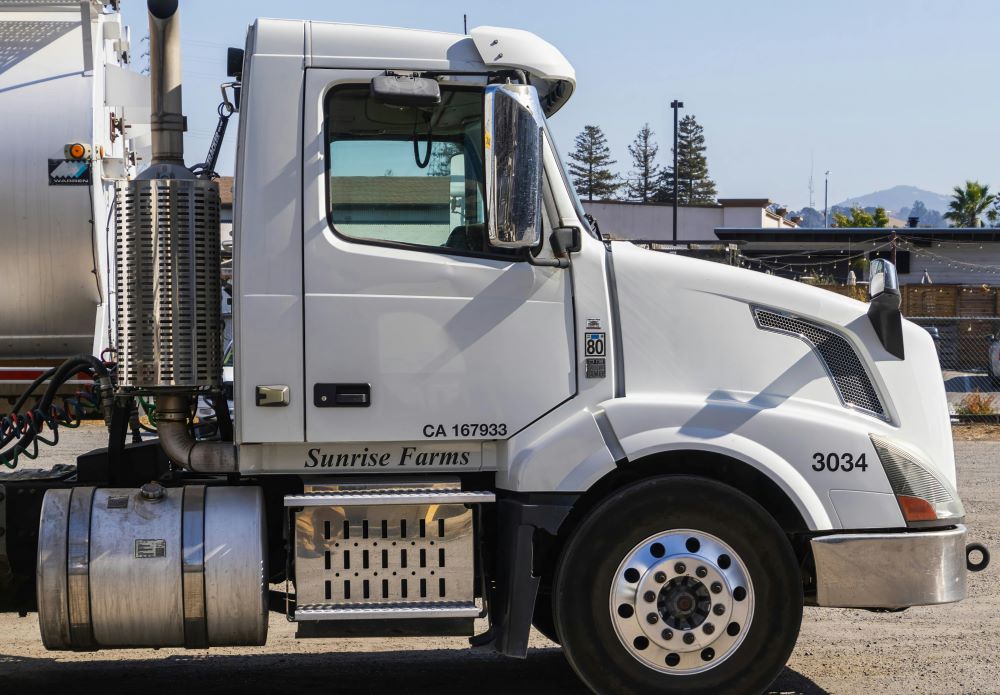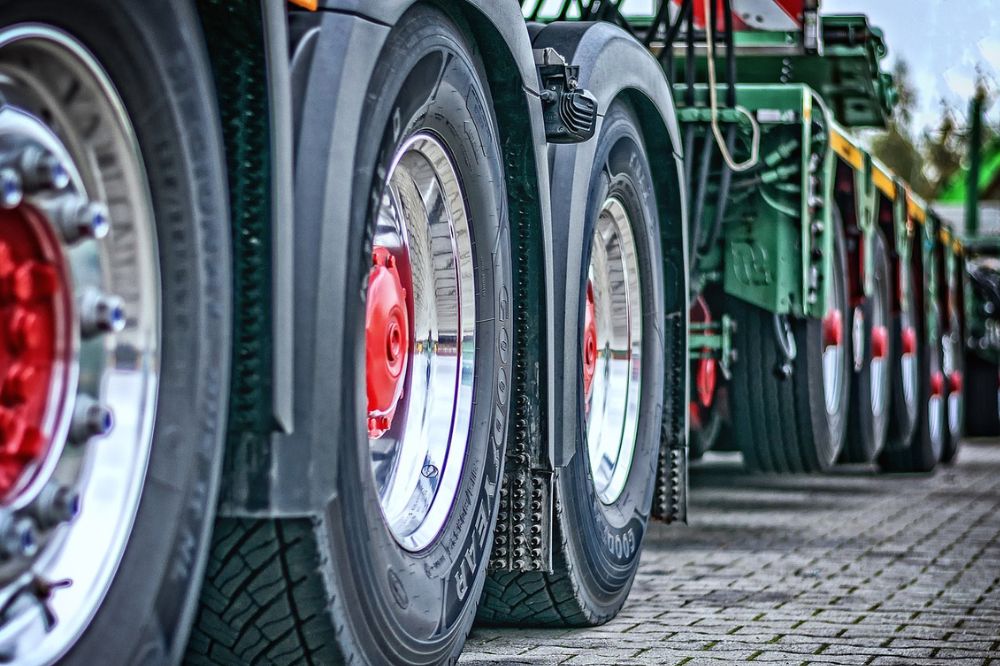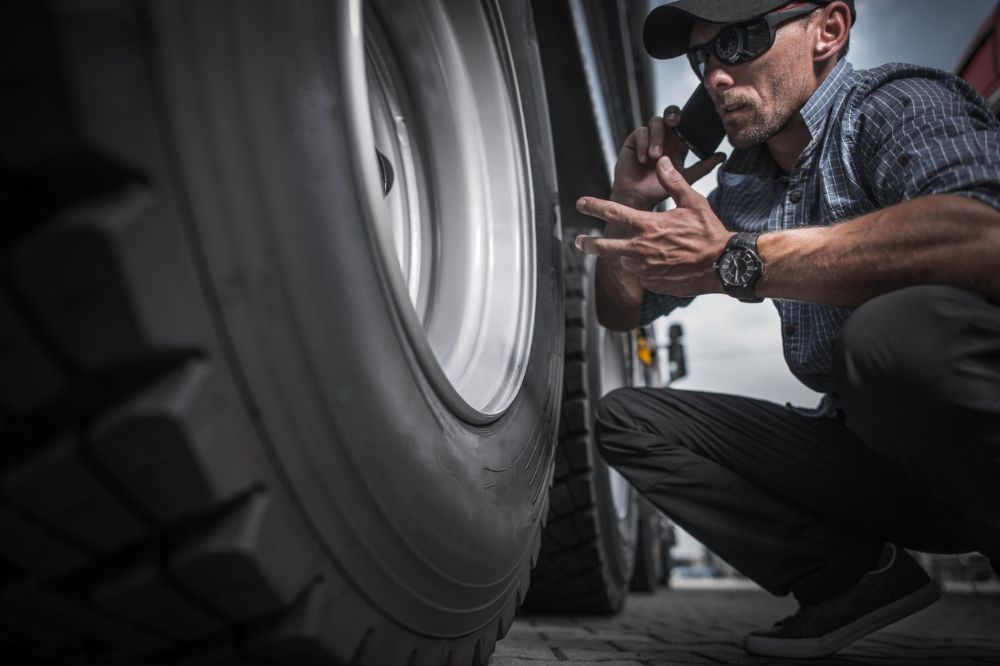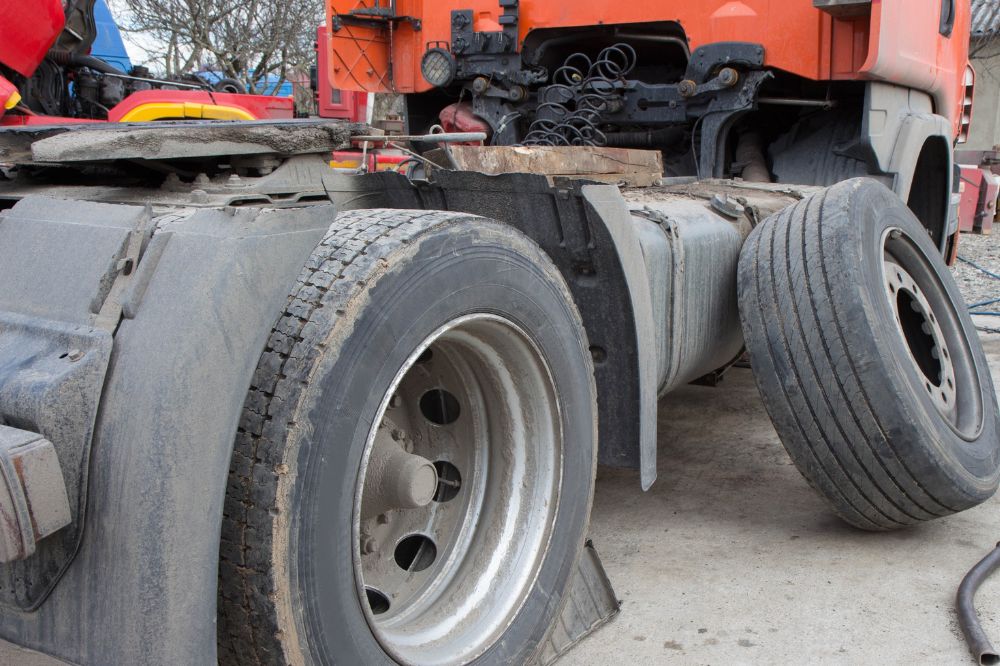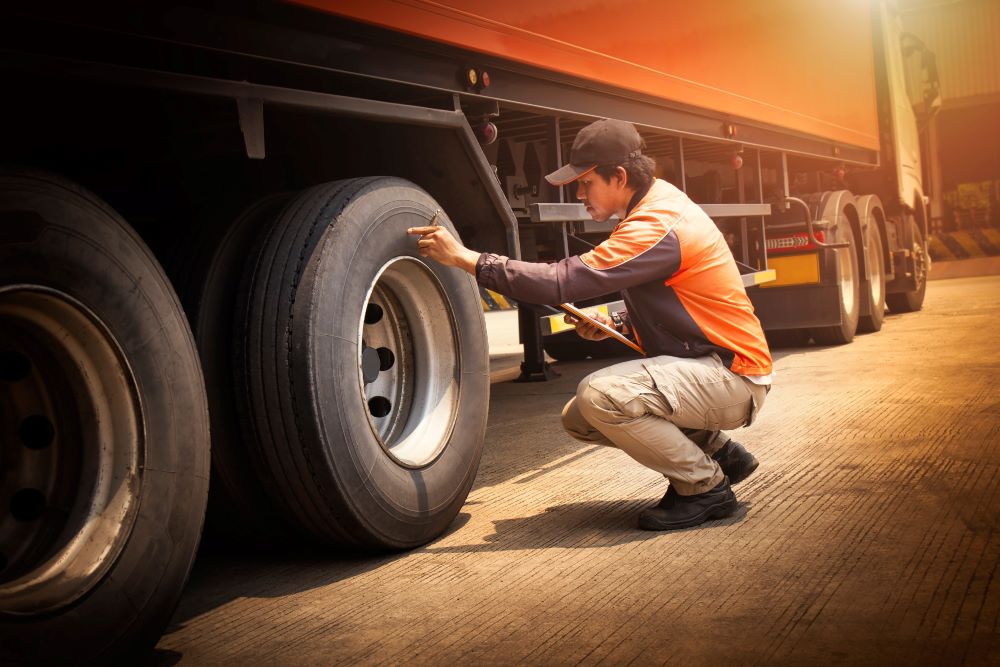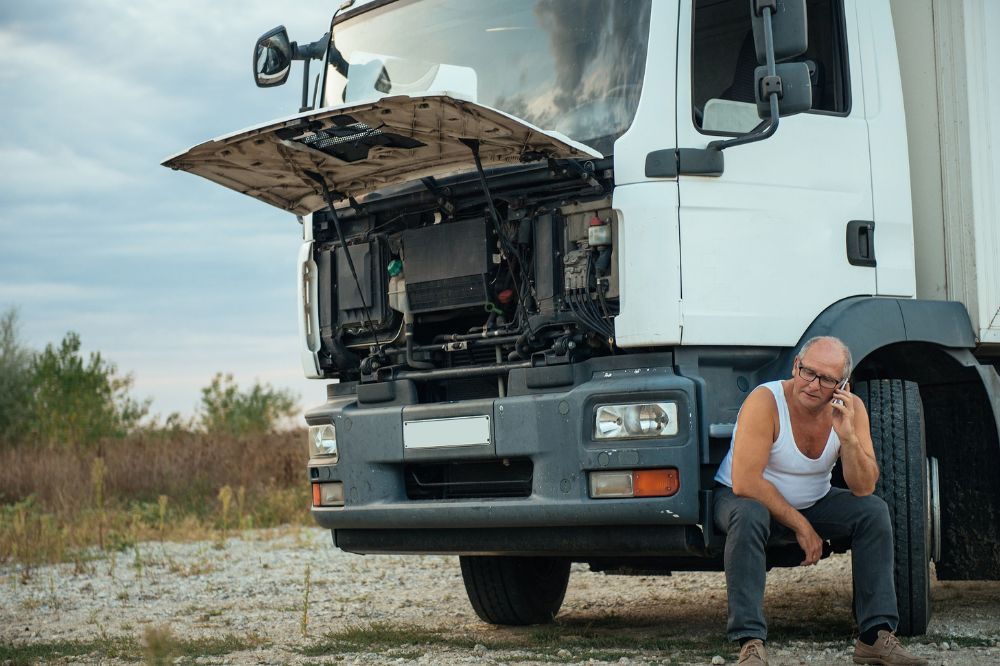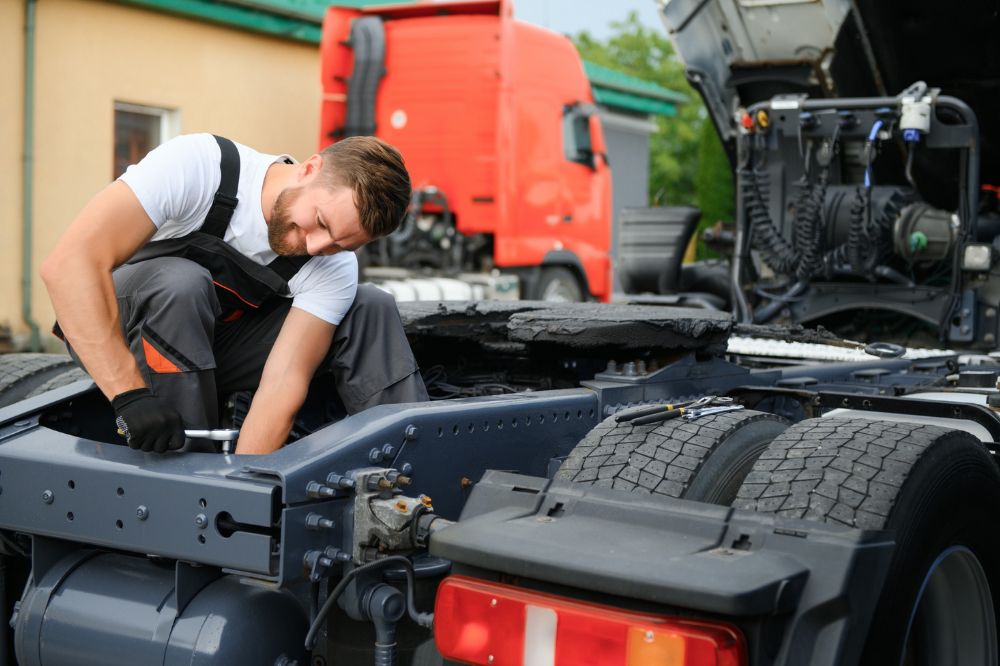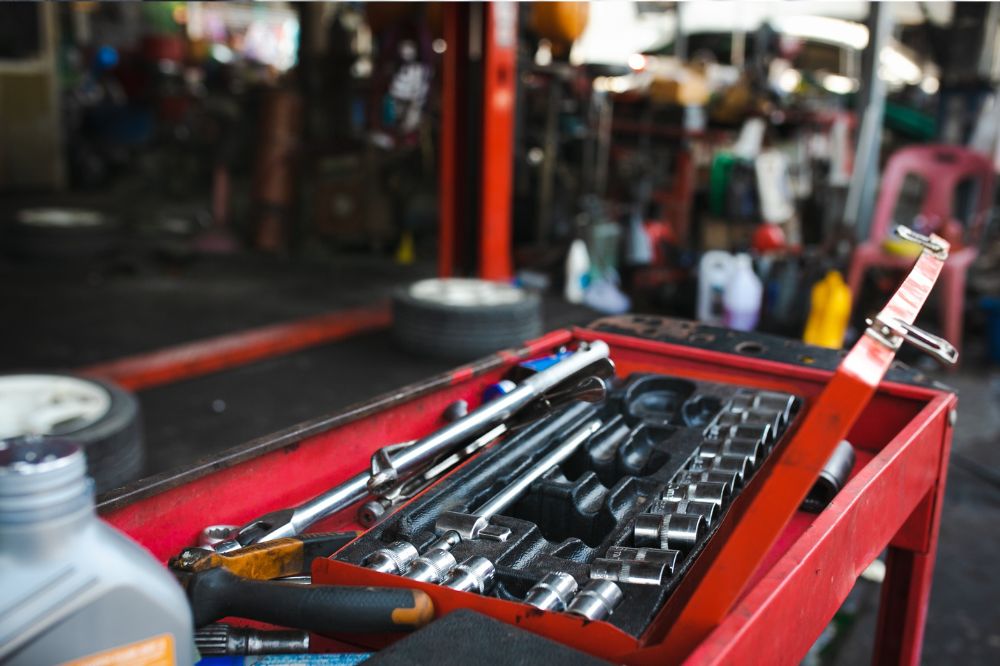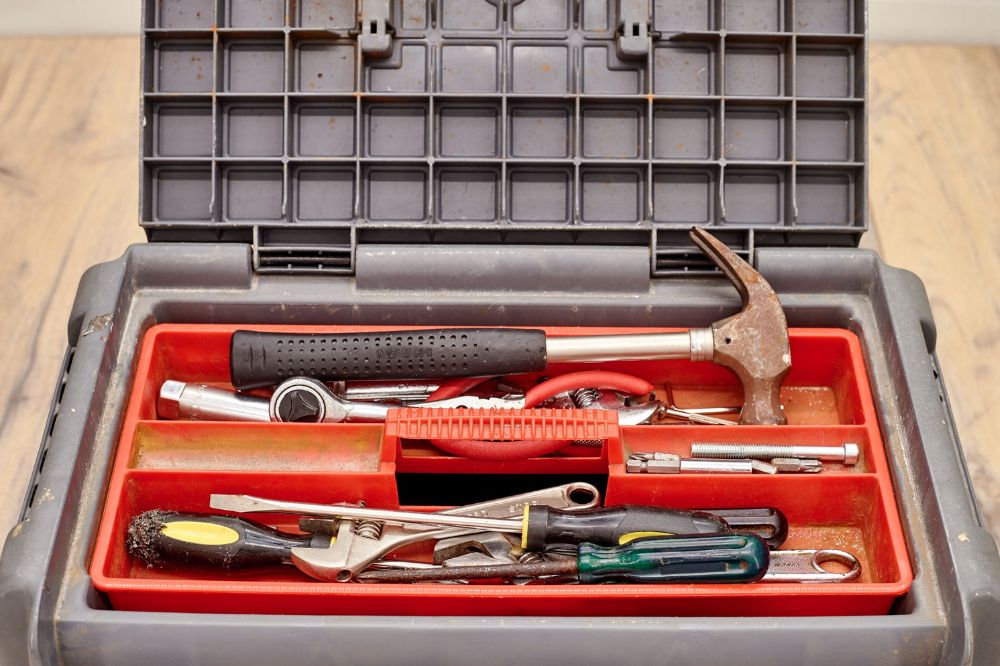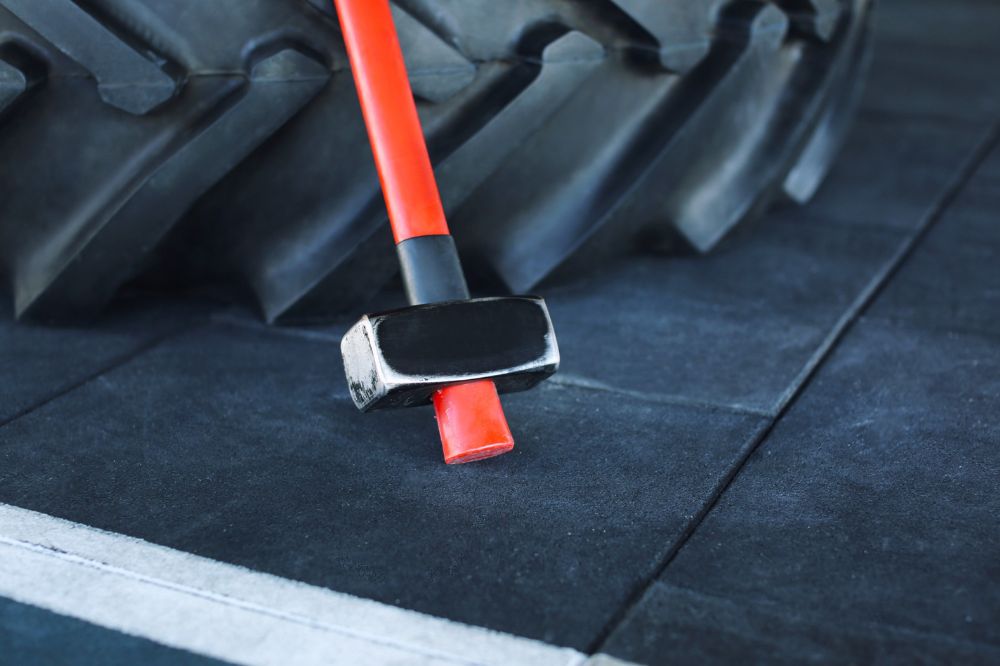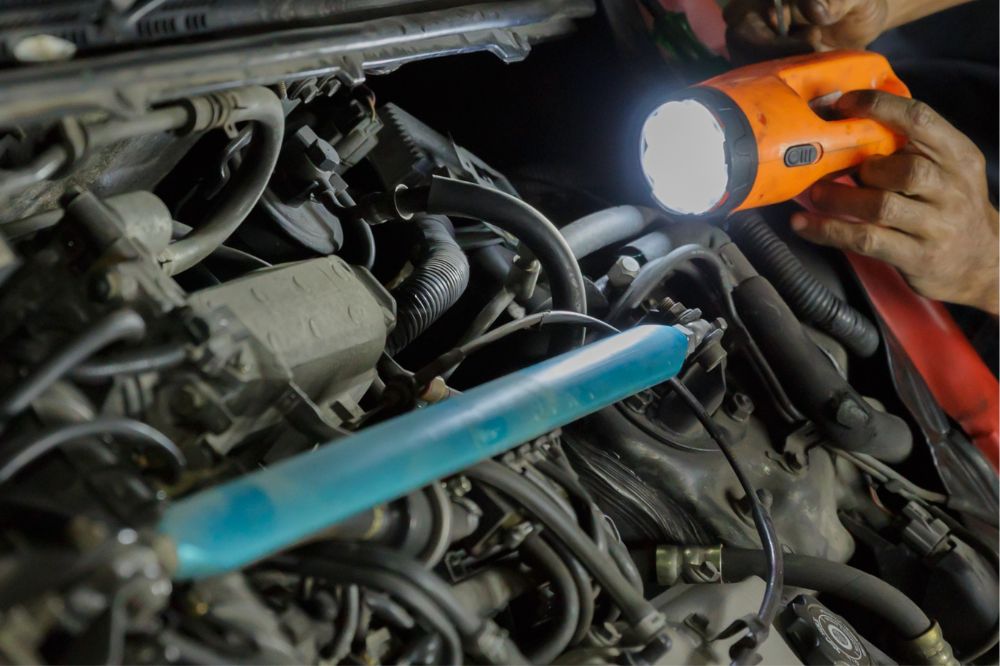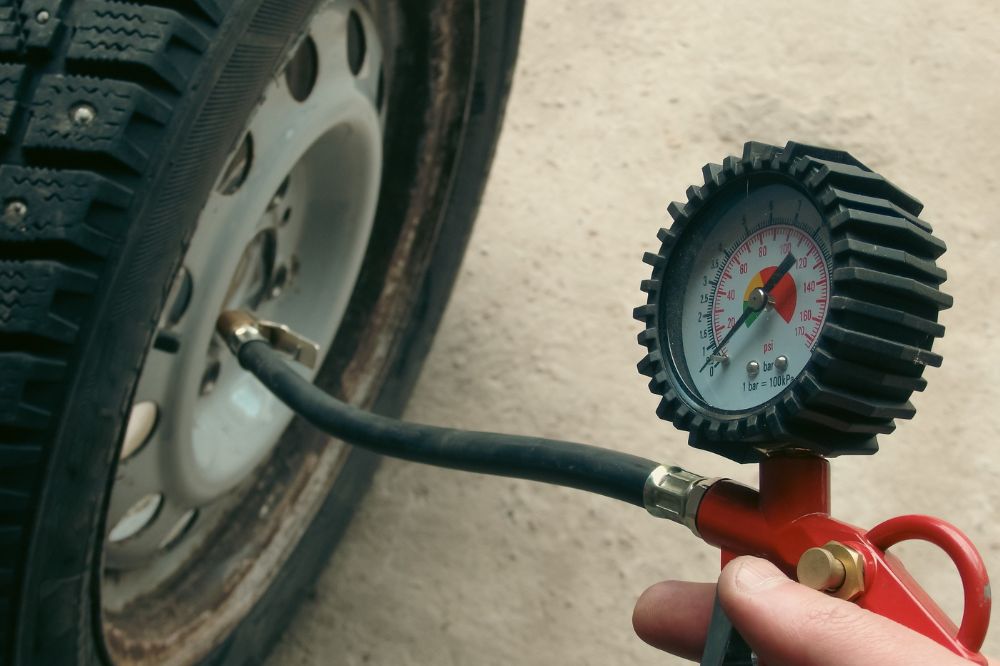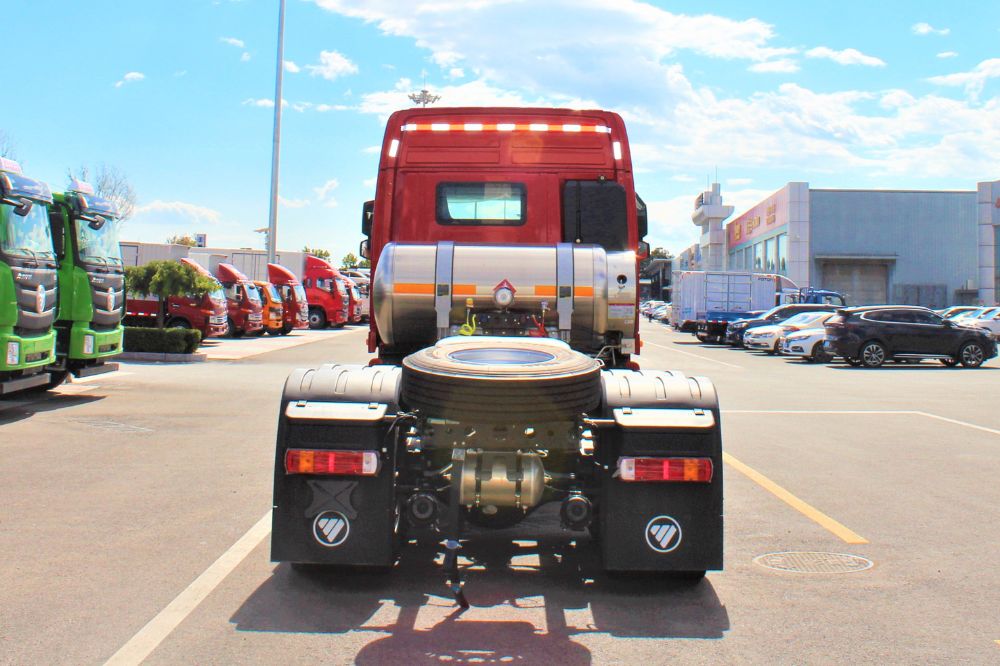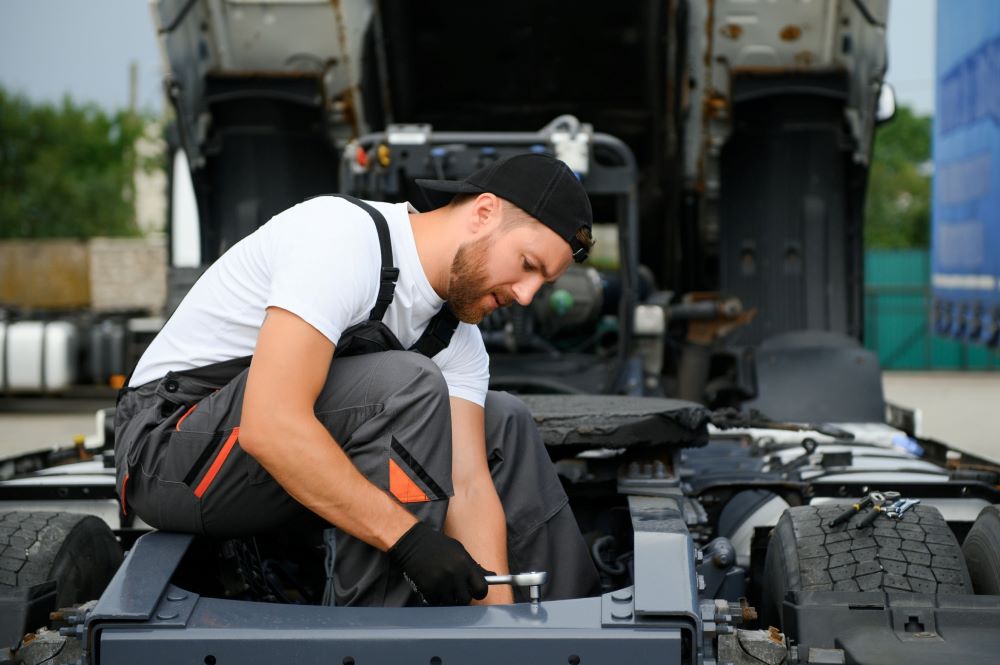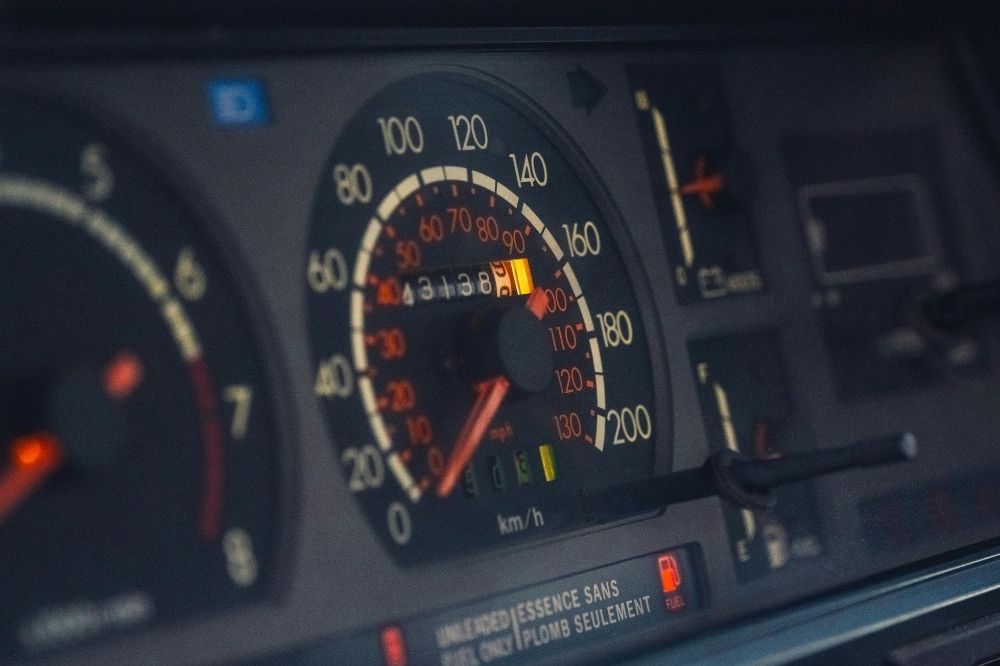
If you’ve just invested in a new commercial vehicle, then you’ll probably ask, “How many miles can a semi-truck last?”
The short answer is this: the better you take care of the truck, the longer it will last. And if you’re careful, you might even get your truck to the million-mile mark.
How Long a Semi Truck Lasts
A well-maintained semi-truck typically lasts around 750,000 miles and can even reach a million miles with good maintenance. This is impressive when compared to regular cars, which often start having problems after 200,000 miles.
Given that they usually drive about 45,000 miles a year, you can expect a semi-truck to last around 15 years. The average semi-truck should last somewhere between 500,000 to 750,000 miles.
Although, the lifespan of a semi-truck depends on how you maintain and keep the truck running smoothly.
Highest Mileages of a Semi Truck
Some semi trucks have impressively high mileage, with many trucks reaching almost 2 million miles.
With proper maintenance and care, semi trucks can last significantly longer than the average lifespan, which shows just how durable and reliable they are for long-haul transportation.
Factors that Affect How Long Semis Last
How many miles semi-trucks can do depends on various factors. Keep these things in mind if you want to get the best possible lifespan out of your long-haul truck.
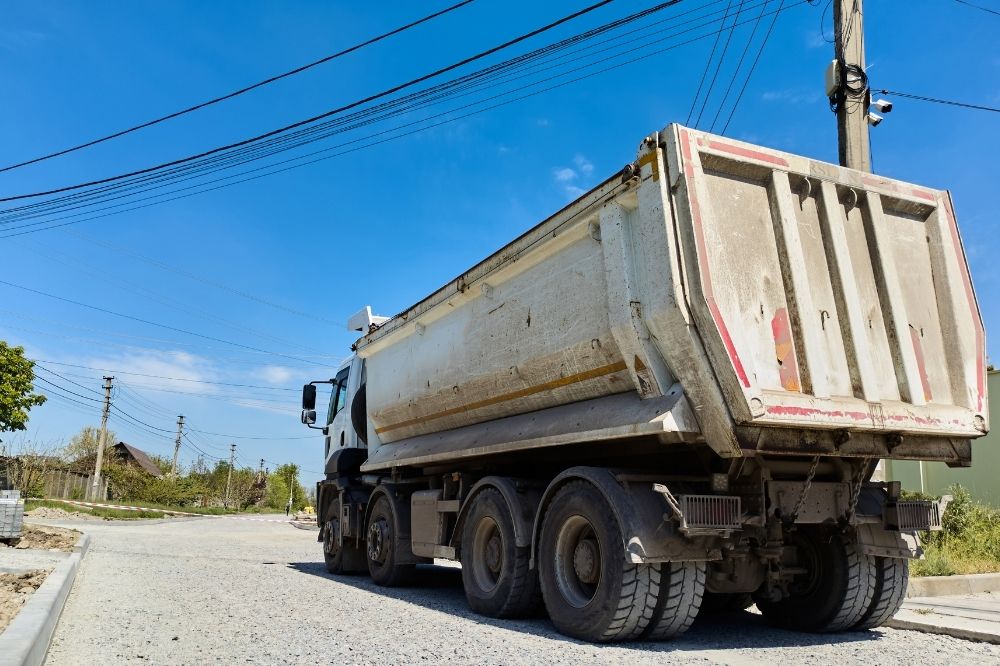
Operating Environment
The environment where your truck operates significantly affects how long it will last.
Trucks that operate in harsh climates with extreme temperatures, heavy snow, or frequent rain can experience more wear and tear. The ice road trucking industry is one example of trucks that experience extra strain under harsh conditions.
Trucks that drive mainly on highways tend to last longer than long-haul trucking vehicles frequently navigating rough or unpaved roads.
Maintenance and Preventive Care
Regular maintenance and preventive care are crucial for extending a semi truck’s lifespan.
Routine checks, regular oil changes, and replacing worn-out parts can prevent major issues.
Trucking companies need to perform consistent preventative maintenance to avoid breakdowns and keep their trucks in good working condition for many years.
Driver Experience
The longevity of a semi-truck often comes down to experienced drivers.
Skilled drivers know how to handle vehicles more efficiently. They avoid aggressive driving and recognize early signs of potential problems.
Proper driving habits reduce strain on the truck and help prevent unnecessary damage.
Road and Traffic Conditions
Road and traffic conditions play a vital role in how long a semi-truck lasts. Trucks that mainly travel on smooth, well-maintained highways experience far less stress compared to trucks that drive on bumpy or poorly maintained roads.
Heavy traffic can also cause more stop-and-go driving, which leads to increased wear and tear.
Type of Cargo Transported
The type of cargo that a truck carries can affect the vehicle’s durability.
Heavy cargo puts more strain on the engine, suspension, and brakes. Consistently carrying heavy loads can lead parts of the truck to wear faster. On the other hand, lighter or less demanding cargo results in less stress on the truck.
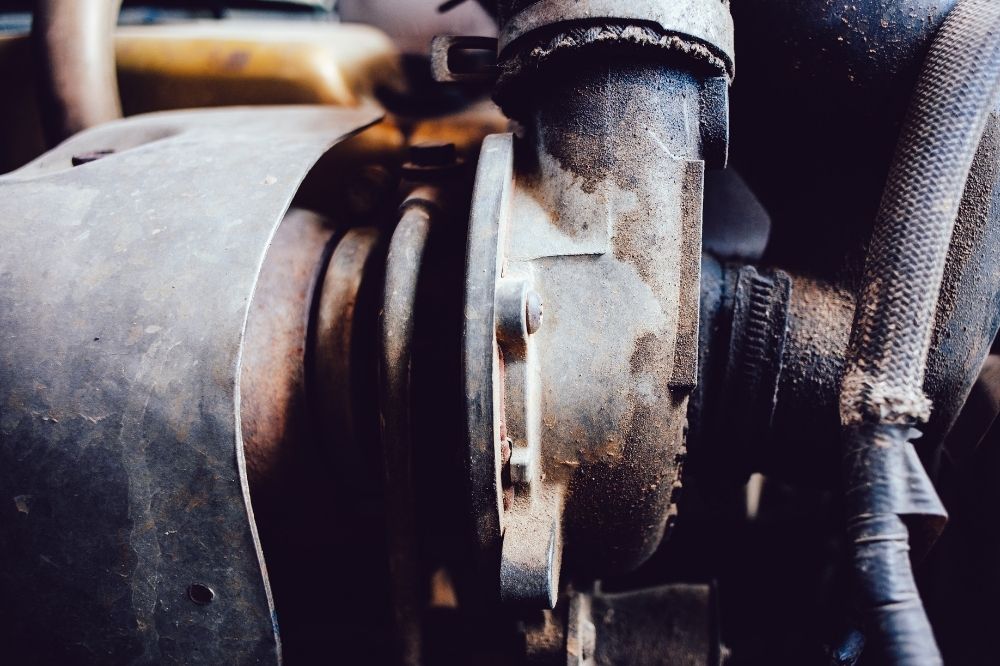
Diesel Engine vs Gasoline Engine
Diesel engines typically last longer than gasoline engines in semi-trucks.
Manufacturers build diesel engines to handle higher levels of stress and typically make them more sturdy.
They’re also more fuel-efficient and can better endure the rigors of long-distance hauling. This is why they’re a preferred choice for heavy-duty trucks.
Signs Your Truck is Reaching the End of its Lifespan
While we’d all love our vehicles to hit the million-mile mark, it’s important to know when it might be time for a truck replacement.
Here are some key symptoms of a truck that’s nearing the end of its life.
Frequent Breakdowns
If your semi-truck is constantly experiencing breakdowns, it may be near the end of its lifespan.
Constant mechanical issues are a sign of worn out key components that need replacing. Frequent breakdowns that disrupt your schedule and lead to high repair costs suggest it might be time to invest in a new truck.
Costly Repairs
When repairs become more frequent and more expensive, it’s a sign that your truck is aging.
Constantly having to fix major components like the engine, transmission, or brakes can quickly add up. At a certain point, the cost of these repairs might outweigh the value of the truck.
Decreased Fuel Efficiency
If you notice a big drop in the fuel efficiency of your truck, it’s a sign that the vehicle is wearing out.
As engines age, they often become less efficient and consume more fuel. So, a major decrease in fuel economy often suggests that your truck is reaching the end of its useful life.
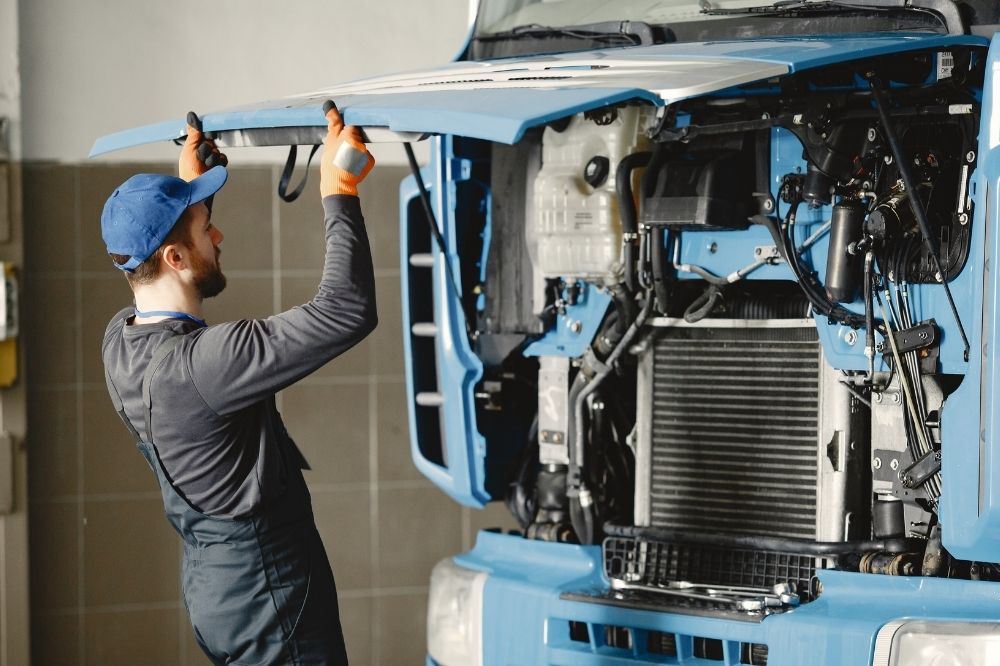
Engine Problems
Constant engine problems are a clear sign that your semi truck might be on its last legs.
Issues like frequent stalling, power loss, or difficulty starting are signs that the engine might be failing. Engine repairs can be seriously expensive, and purchasing a new truck often makes more sense.
Unusual Noises
Unusual noises, such as knocking, rattling, or grinding, could be signs of serious issues within your truck.
These sounds often signal problems with the engine, transmission, or other critical components. If these noises continue after regular maintenance, your truck may be approaching the end of its operational life.
Excessive Smoke
Excessive smoke from the exhaust can be another big warning sign of engine trouble.
Blue, black, or white smoke can indicate burning oil, fuel system issues, or coolant leaks. If your truck emits a lot of smoke, it’s a sign that the engine isn’t functioning properly.
Structural Damage
Visible rust and structural damage are serious concerns for truck owners.
Rust can weaken the frame and other vital parts of the truck, compromising its safety and durability. If the structural integrity of the truck is compromised, it might be more cost-effective to replace it rather than repair it.
Tips for Extending the Life of Your Semi Truck
Whether you travel short or long distances, here are some key things to keep in mind to avoid premature wear and keep your truck in good condition.

Regular Maintenance
Regular maintenance is essential to keep your semi truck in top condition.
Routine oil change, filter replacements, and brake inspections are simple ways to keep your truck running longer. Quickly address any issues to prevent bigger, costly problems down the road.
Using the Right Fuel
Always use the recommended fuel for your semi-truck. High-quality fuel can improve engine performance and efficiency. It also helps reduce engine wear and prolongs the life of your truck.
No Overloading
Exceeding the weight limit of your truck puts extra stress on the engine, suspension, and brakes. Stick to the recommended load capacity for longer-lasting operation.
Careful Driving
Avoid aggressive driving, sudden stops, and rapid acceleration. Smooth and steady driving reduces wear and tear on the truck’s components.
Final Thoughts
Semi-trucks are built to last a long time. However, they need proper maintenance and care if they’re going to reach their full potential. Luckily, this is pretty easy to get right.
Ready to invest in a long-lasting semi-truck? See how we can help you get started on accessing the financing you need for a commercial vehicle.


